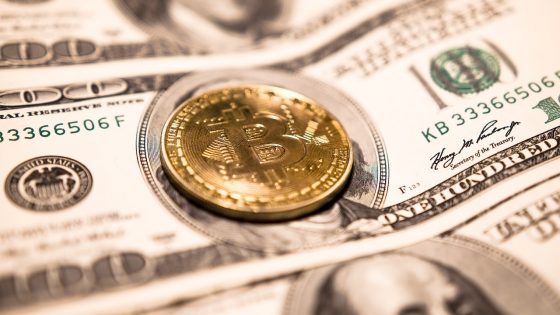April 14, 2022
By Anjali Kochhar
India’s central bank thinks of stablecoins as a bigger threat to economic stability than cryptocurrencies.
Recently, speaking at a webinar organised by the Indian Council for Research on International Economic Relations (ICRIER), RBI Dy. Governor T. Rabi Sankar cited a need for central bank digital currency (CBDCs) to catch up with a boom in digital payments.
“From the point of view of dollarisation, stable currency is something that we will have to deal with far more seriously,” he said.
Not only in India, regulatory authorities globally have shown concerns about stablecoins.
Simply put, stablecoins are cryptos designed to minimize volatility by pegging to a more stable asset. Fiat currency digital asset is the most popular use case for stablecoins. It tracks national currencies such as the US dollar, euro, the British pound or basket of currencies or other financial assets.
To understand whether stablecoins are really unsafe for the economy of the country, Blockchain Asset Review spoke to several industry insiders.
Asked about why RBI perceives stablecoins as a threat, Sharat Chandra, vice president for research and strategy at EarthID, said, “Fully collateralized and fiat-backed stablecoins such as USDC are pretty stable compared to other crypto coins. An appropriate stablecoin regulation will ensure an efficient payment settlement mechanism and take India’s digital payment success story to new heights. Indian regulators should not shut their eyes off the innovation in the payments space and frame regulations to enable innovation.”
Further, Chandra said that it would be “grossly unfair” to call stablecoins dangerous, however, he noted that stablecoins are not bereft of risks.
Listing out some risks related to stablecoins, he said, “Stablecoins may be undermined by factors inability to safeguard the reserve assets and operational risks pertaining to collection, storage and processing of data. However, it is necessary to frame regulations to mitigate traditional payment system risks, such as credit risk and liquidity risks and governance risks with respect to stablecoins.”
As for the regulations, Raj Kapoor, chief growth officer, Acryptoverse, opined, “It is my opinion that regulatory responses to global stablecoins should take into account the potential of their fundamental uses, like embedding a robust monetary instrument into digital environments, especially in the context of decentralised systems. Further, in such cases, one possible option from a regulatory standpoint is to embed supervisory requirements into stablecoin systems themselves, allowing for embedded supervision.”
On CBDCs and stablecoins, Chandra said, “CBDCs and stablecoins need to co-exist to ensure resilience and robustness of India’s digital payment ecosystem. CBDCs have established use case in cross border payments especially in B2B trade. Stablecoins can bring down remittance costs significantly for Indian diaspora residing abroad.”
Echoing Chandra’s opinion, Shivam Thakral, chief executive of Indian exchange BuyUcoin said, “Stablecoins will always be a safe bet in the crypto world due to their less volatile nature. The major differentiating factor between stablecoins and CBDCs is that stablecoins fall under a decentralized finance structure whereas CBDCs are fully controlled by central banks.”
“Stablecoins have the power to liberate the global financial system by making its operations completely decentralized,” Thakral told Blockchain Asset Review.
Further, he believes that CBDCs will give rise to blockchain service providers as they will require highly robust blockchain service providers.
Kapoor, on the other hand, believes that CBDCs are still untested so it is premature to say whether they could be an alternative to stablecoins or just another payment option.
“It is an open question whether CBDCs could in fact provide more effective solutions to fulfill the functions that stablecoins are meant to address. There is hardly any precedent,” he told Blockchain Asset Review.
About the author
Anjali Kochhar covers cryptocurrency stories in India as well as globally. Having been in the field of media and journalism for over three years now, she has developed a sharp news sense and works hard to present information that goes beyond the obvious. She is an avid reader and loves writing on a wide range of subjects.
